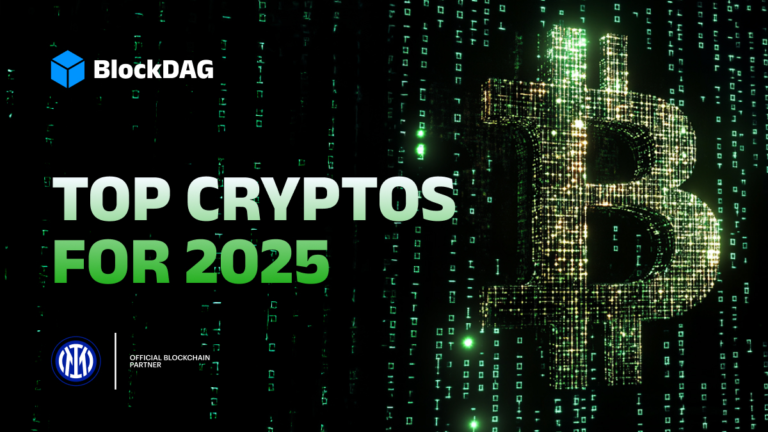Coinbase Adds Wormhole Protocol to Trading Platform
- Coinbase adds support for Wormhole, a leading cross-chain protocol.
- Connectivity boost for DeFi and NFT applications across networks.
- Wormhole token experiences notable price fluctuations post-announcement.

Coinbase announced support for Wormhole on its exchange platform, allowing users to engage with cross-chain assets starting June 28.
This integration enhances user access to diverse blockchain networks, triggering a temporary rise in Wormhole’s token price.
Coinbase Expands with June 28 Wormhole Integration
Coinbase, a leading U.S. crypto exchange, has added the Wormhole protocol to its platform. This allows users to trade Wormhole (W) tokens across different blockchains.
The listing, which commenced on June 28, opens up new cross-chain opportunities for decentralized applications (DApps) and token transactions. “Wormhole (W) is now live on coinbase.com and in the Coinbase iOS and Android apps. Coinbase customers can log in to buy, sell, convert, send, receive or store these assets.”
Wormhole Token Price Sees Spike Post-Listing
The market reaction to the Wormhole listing on Coinbase included a temporary increase in the Wormhole token price. The listing might lead to higher trading volumes and liquidity.
Coinbase users are expected to explore new DeFi and NFT opportunities, as the integration promotes seamless asset transfer across multiple blockchain ecosystems.
Coinbase Effect Fuels Initial Wormhole Price Surge
Historically, Coinbase listings often cause initial price spikes for new tokens due to the ‘Coinbase effect.’ This pattern was observed following the Wormhole announcement.
Experts anticipate that increased cross-chain activity could drive further innovations in blockchain and DeFi sectors, based on previous trends in similar integrations.
| Disclaimer: The information on this website is for informational purposes only and does not constitute financial or investment advice. Cryptocurrency markets are volatile, and investing involves risk. Always do your own research and consult a financial advisor. |




